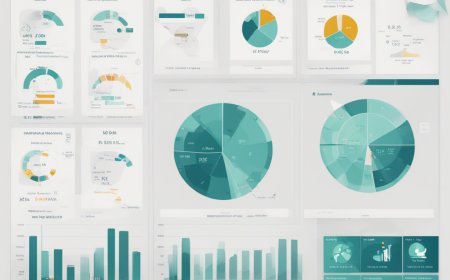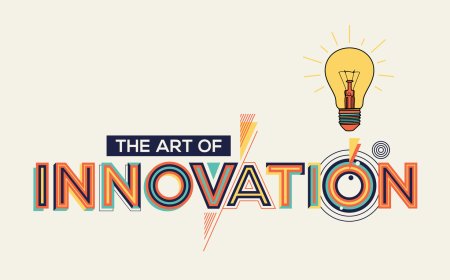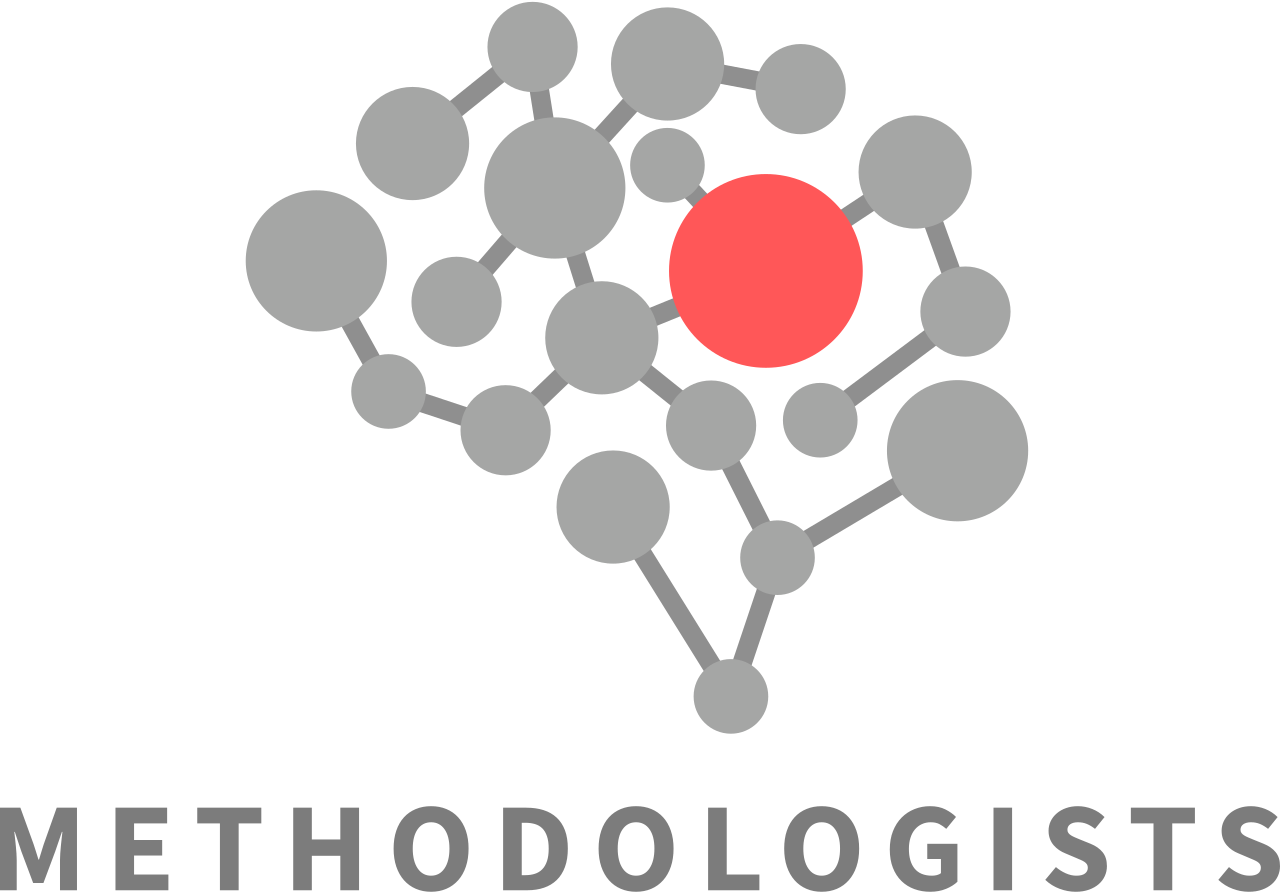The Mosaic of the Modern Workplace: Unpacking the Science Behind Diversity and Inclusion
Understanding the Empirical Foundations of Diversity and Inclusion in Shaping the Workplace of the Future. Delve into the science behind diversity and inclusion and discover their transformative influence on the modern workplace. Learn how a diverse and inclusive environment drives innovation, improves performance, and mirrors the society we aspire to shape.

A myriad of individuals, each unique in their thoughts, backgrounds, cultures, and experiences, make up the fabric of any organization. The organizational mirror, reflecting this diversity, is becoming an essential aspect of the business world today. Yet, the mere presence of diversity is not enough—it is the cultivation of inclusion that holds the potential to transform organizations from within.
But what does science say about diversity and inclusion in the workplace? Why should organizations not just accept, but actively encourage and celebrate the differences among their workforce?
From a scientific standpoint, the benefits of diversity and inclusion are profound. One of the most observable impacts is on innovation. A study published in the Harvard Business Review found that diverse firms are 45% more likely to report market share growth over the previous year and 70% more likely to capture a new market.
The driving force behind this is the diversity of thought. Employees from different backgrounds bring varied perspectives, ideas, and experiences, fostering creativity and innovation. This diversity of thought helps organizations identify unique solutions to problems, tap into new markets, and stay competitive in an ever-evolving global market.
Inclusion takes this a step further by ensuring that all individuals feel valued, respected, and included, regardless of their differences. The feeling of being "included" or "belonging" can significantly impact an employee's psychological health and job performance.
The benefits of an inclusive environment go beyond individual employees. When individuals feel valued and included, they are more likely to collaborate, share ideas, and engage in productive workplace behaviors. This not only enhances team performance but also promotes a positive organizational culture.
Inclusive organizations also reap the benefits of improved employee engagement and job satisfaction. A sense of belonging and feeling valued can increase an employee's commitment to the organization and their motivation to contribute to its success.
A diverse and inclusive environment is a reflection of social equality within the organization. This alignment with societal values can boost the organization's reputation, helping attract a wider pool of talent and potentially gaining favor with customers who value socially responsible businesses.
So how can organizations foster diversity and inclusion?
One of the key ways is through leadership. Leaders play a crucial role in setting the tone for the organizational culture. By promoting and demonstrating inclusive behavior, leaders can encourage others to do the same.
Training and education programs are another effective way to promote diversity and inclusion. These programs can help employees understand the value of diversity, address unconscious bias, and develop inclusive behaviors.
Organizations can also implement fair and transparent policies and practices regarding recruitment, promotion, and compensation. These actions can help ensure diversity at all levels of the organization and send a clear message about the organization's commitment to inclusion.
Finally, organizations can facilitate opportunities for diverse employees to connect, collaborate, and learn from one another. This could involve mentoring programs, diversity networks, or inclusive team-building activities.
In summary, the organizational mirror should reflect the diverse and inclusive nature of its environment. As science suggests, such an environment can foster creativity, innovation, and positive organizational behavior. When organizations take a closer look at themselves, ensuring that they truly reflect the diversity of the world outside, they are more likely to thrive and succeed.
Disclaimer: The image(s) featured in this article are for illustrative purposes only and may not directly depict the specific concepts, situations, or individuals discussed in the content. Their purpose is to enhance the reader's understanding and visual experience. Please do not interpret the images as literal representations of the topics addressed.
What's Your Reaction?












































































































